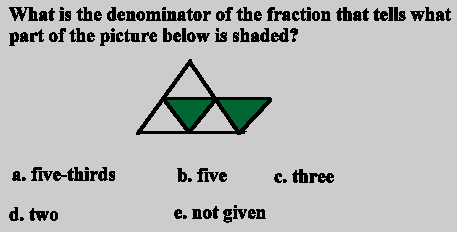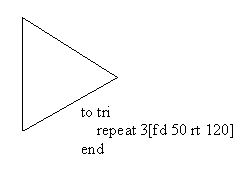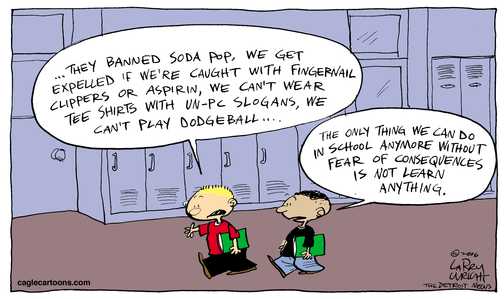change of blog imminent
If you subscribe to this blog through RSS feed you might get to read this. But I don't think you'll receive it by visiting this blog at http://billkerr.blogspot.com/. But then, you won't know that I'm saying that, will you.
My advice to any blogger users reading this is to immediately backup your blog.
I did this successfully recently. The instructions are here and they worked for me.
I wrote to blogger support yesterday but given the nature of blogger (google free service) I'm not really expecting a response in the next 2 years. It's hard to "do no evil" when you have several billion customers who are all in a hurry.
I've enjoyed using blogger because you can tweak the HTML, unlike Wordpress.
Where will I go? Maybe to ourmedia. I like their philosophy a lot. But I'm still deciding. Catch you in cyberspace, somewhere...

Here's the mail:
My advice to any blogger users reading this is to immediately backup your blog.
I did this successfully recently. The instructions are here and they worked for me.
I wrote to blogger support yesterday but given the nature of blogger (google free service) I'm not really expecting a response in the next 2 years. It's hard to "do no evil" when you have several billion customers who are all in a hurry.
I've enjoyed using blogger because you can tweak the HTML, unlike Wordpress.
Where will I go? Maybe to ourmedia. I like their philosophy a lot. But I'm still deciding. Catch you in cyberspace, somewhere...

Here's the mail:
006 Please contact Blogger Support.blog/63/54/2/billkerr/index.html
My latest post (May 27) can be viewed from the specific post URL
http://billkerr.blogspot.com/2006/05/instructional-software-design-project.html
but it CAN'T be viewed at
http://billkerr.blogspot.com/
The most recent post that can be viewed there is an earlier one (May 17)
When I uploaded the post I received this error message:
getLinkByTarget("_blogview") has no properties
I get the same error message if I try again or even if I upload and then delete a test post
New posts are listed and can be edited on this screen:
http://www.blogger.com/posts.g?blogID=10936863
and they are fed through this RSS feed
http://billkerr.blogspot.com/atom.xml
when viewed through bloglines
(but I get an error when I paste the RSS URL directly into my browser)
I am using the latest version of firefox for browsing
any help would be much appreciated
thankyou,







